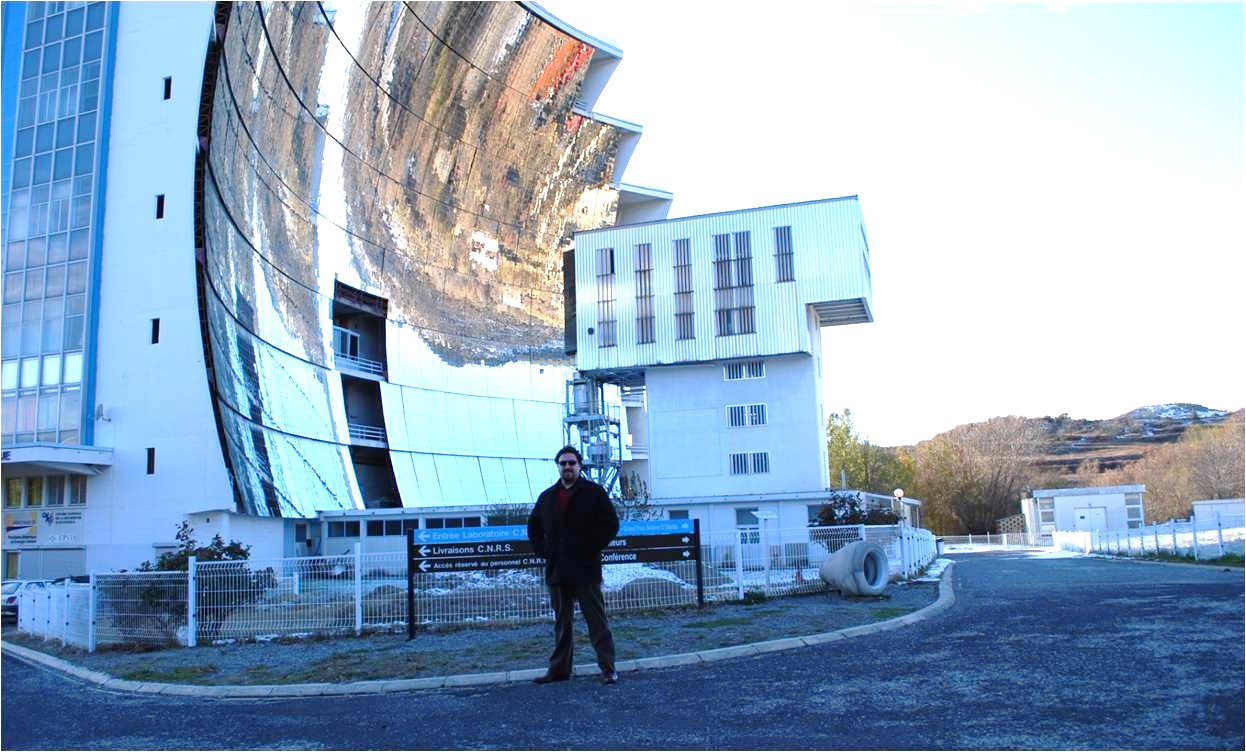How to you build a spacecraft and an experiment to survive plunging into the atmosphere of a star? Both PSP and the SWEAP instruments will be exposed to a new and harsh environment, with surfaces experiencing high temperatures and intense particle fluxes. At closest approach the Sun will appear more than twenty times larger and 500 times brighter than it is at Earth. Our most important demonstration for SWEAP was to prove that the components of our instruments exposed to sunlight would survive these conditions. But how can you re-create the inferno of the solar atmosphere on Earth?

in the world to simulate encounters with the Sun.
In order to test our design, we worked with the Processes, Materials and Solar Energy (PROMES) laboratory in Perpignan, France. PROMES is run by the National Centre for Scientific Research (CNRS) and features the largest solar furnace in the world. On one side of a mountain 63 giant mirrors slowly move and track the Sun as it moves across the sky. The mirrors reflect sunlight onto the side of the main building, which is shown in the picture above. As you can see, the side of the building is curved and covered with thousands of small mirrors, each tilted at a slightly different angle in order to focus the sunlight onto a small spot in the side of a vacuum chamber located in the top of the tower.
The furnace dumps one megawatt (1 MW) of sunlight onto the entrance to a quartz-windowed vacuum chamber in the tower. The chamber includes a particle accelerator that can reproduce solar wind ion fluxes, a UV light source to reproduce the portion of the solar spectrum blocked by the atmosphere, and diagnostic equipment including mass spectrometers and optical pyrometers to monitor mass loss and surface temperatures. Instrument components were imaged with a scanning electron microscope (SEM), placed in the chamber and heated beyond 1400C, and then removed and re-imaged. Later that year samples at the furnace were raised to 2500C (more than 1000C hotter than we will ever experience in the solar atmosphere) and simultaneously exposed to an ion beam four orders of magnitude more intense than the solar wind at closest approach, again with no problems.
